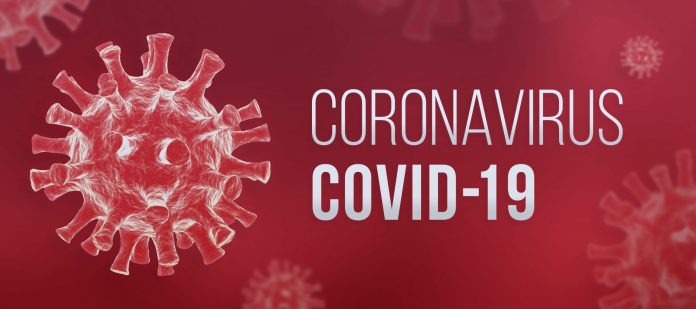The low-power and short-range segments of the wider IoT market, along with industrial majors, are seeking to re-engineer and innovate afresh in order to produce rapid low-cost IoT sensing solutions to assist with the global Covid-19 pandemic.
Notably, IoT solution developer WMW, part of Belgian IT firm Clear Digital, has reworked around 100 IoT applications, to assist the battle against the spread of coronavirus (Covid-19). It said its re-engineered Covid-19 solutions fall into three main categories: quarantine monitoring, proximity registration, and space monitoring.
WMW is working with various partners in the IoT sensor space, including Australian LoRaWAN operator National Narrowband Network Co (NNNCo), and Belgian IoT solution provider Option, which works variously with LoRaWAN, WiFi, and Bluetooth Low Energy (BLE).
The US arm of French IoT operator Sigfox last week announced it is waiving connectivity costs for IoT projects developed on its connectivity infrastructure that seek to address challenges related to Covid-19. The LoRa Alliance said this week free network availability is being offered by “multiple” network providers to support IoT applications in the Covid-19 fight.
Companies in discrete manufacturing in various sectors – such as car makers like Volkswagen in Germany, Groupe PSA in France, Ford in the US; the likes of Airbus and Boeing in aircraft manufacturing; ABB, Bosch, General Electric, Siemens, Schneider Electric, among major industrialists – have switched production to respiratory masks and personal protective equipment (PPE) in recent weeks.
Meanwhile, providers of industrial augmented reality (AR) solutions are offering free user licenses and subscriptions. Usage of industrial AR for remote working has soared in the past weeks, since the COVID-19 pandemic took hold. PTC has made its remote assist tool, Vuforia Chalk, available for free from Apple’s App Store and the Google Play. Santa Clara based Atheer has done the same, offering free licences (“as many as you need”), as well as on-boarding and support, for the Atheer AR platform until the end of June.
WWW said it is working on derivatives of 97 IoT solutions it has already built to help communities and services battle with coronavirus, it said. It is working with country-mate Option on Covid-19 solutions for quarantine monitoring, proximity registration, and space monitoring. These bundle sensors, connectivity, and cloud management tools to alert in case of boundary breaches, for quarantine and social distancing in the first two cases, and for remote monitoring of elderly and vulnerable people.
It splits proximity registration into two categories, in fact: a simpler solution that tracks mobile usage to find out who has been in the vicinity of an infected person in the last 72 hours, and a more robust private networking solution that can be used to establish a “dynamic virtual geofence” around employees at site level.
Bert Vanaken, chief executive at WMW, said: “Since the outbreak of Covid-19, we have focused on applications that can handle different observations and effects around Covid-19. The apps were developed at a rapid pace because they are derived from our existing portfolio of nearly 100 apps. Our global network of resellers and their respective interactions with governments have allowed us to draw conclusions that cross-national borders.”
Parent company Clear Digital, based in the Flemish city of Hasselt, serves Orange, NNNCo, Ooredoo, and LRTC in the telecoms space, and the likes of SCSK and Capita in systems integration. NNNCo in Australia engaged WMW around 18 months ago, it said, with NNNCo integrating WMW’s applications into its N2N-DL enterprise data platform.
In recent weeks, NNNCo and WMW have sought to re-engineer an application to help with worker safety on construction and mining sites for the Covid-19 fight. The original solution issues alerts when workers get too close to dangerous or off-limits areas. Privacy is maintained as the solution does not identify individuals or store location data.
The new Covid-19 version is intended to help with social distancing, whilst also keeping personal data private. Rob Zagarella, chief executive at NNNCo, said: “It can be applied to a number of situations we’re seeing with Covid-19 including keeping essential workers at safe distances from one another, whether on construction sites or any other essential workplace.”
He added: “It could also apply to proximity monitoring for staff and vulnerable people in hospitals or aged care facilities.”
Meanwhile, the LoRaWAN Alliance has said standard IoT applications such as facilities management and asset and people tracking have relevance in the healthcare market, including for monitoring air, water, and oxygen levels in hospitals, as well as occupancy patterns and cleaning schedules.

